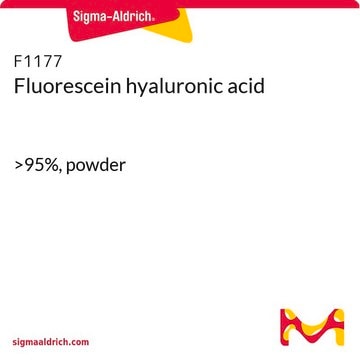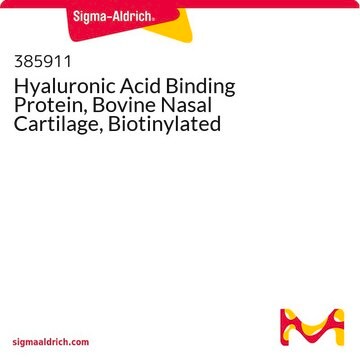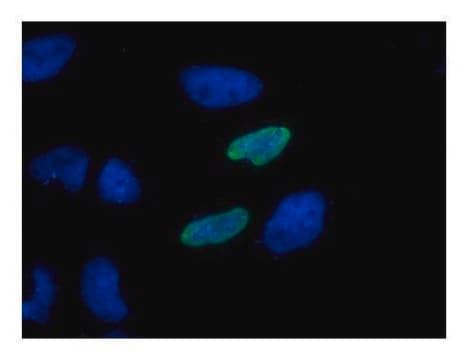H7411
Anti-HA−FITC antibody, Mouse monoclonal
clone HA-7, purified from hybridoma cell culture
Synonym(s):
Monoclonal Anti-HA, Anti-HA, Anti-Influenza Hemagglutinin
About This Item
Recommended Products
biological source
mouse
conjugate
FITC conjugate
antibody form
purified immunoglobulin
antibody product type
primary antibodies
clone
HA-7, monoclonal
form
buffered aqueous solution
storage condition
protect from light
concentration
1 mg/mL
technique(s)
immunocytochemistry: 1-5 μg/mL using HA tagged fusion protein transfected into mammalian cells fixed with paraformaldehyde.
shipped in
wet ice
storage temp.
−20°C
Looking for similar products? Visit Product Comparison Guide
General description
Specificity
Immunogen
Application
- in the labeling of HA-tagged transient receptor potential melastatin 7 (TRPM7) channel protein for immunocytochemistry studies in lymphoblast cell DT40 and human embryonic kidney cells (HEK-293) cells
- in western blotting detection of spindle-associated proteins in Trypanosoma brucei
- in immunostaining of vascular smooth muscle cells (SMCs) for immunocytofluorescence studies
Biochem/physiol Actions
Physical form
Not finding the right product?
Try our Product Selector Tool.
Storage Class Code
10 - Combustible liquids
WGK
WGK 2
Flash Point(F)
Not applicable
Flash Point(C)
Not applicable
Certificates of Analysis (COA)
Search for Certificates of Analysis (COA) by entering the products Lot/Batch Number. Lot and Batch Numbers can be found on a product’s label following the words ‘Lot’ or ‘Batch’.
Already Own This Product?
Find documentation for the products that you have recently purchased in the Document Library.
Customers Also Viewed
Our team of scientists has experience in all areas of research including Life Science, Material Science, Chemical Synthesis, Chromatography, Analytical and many others.
Contact Technical Service













